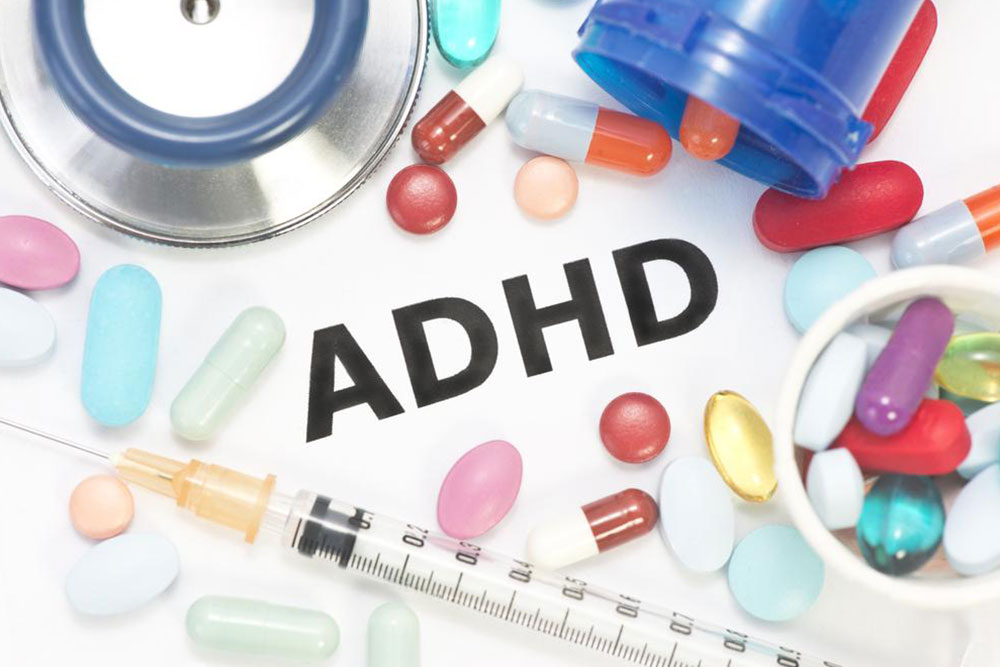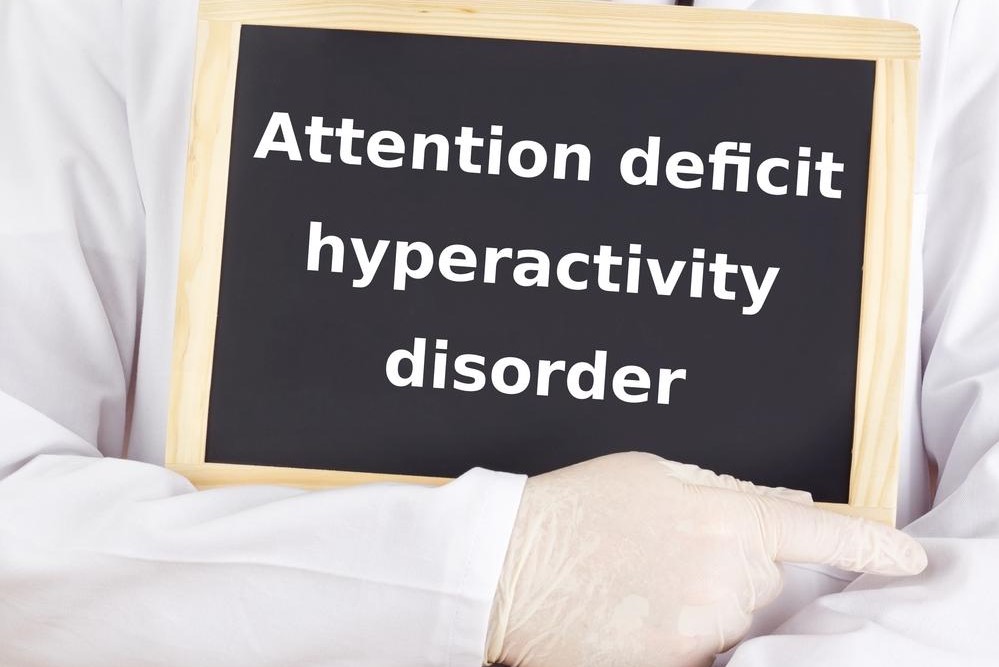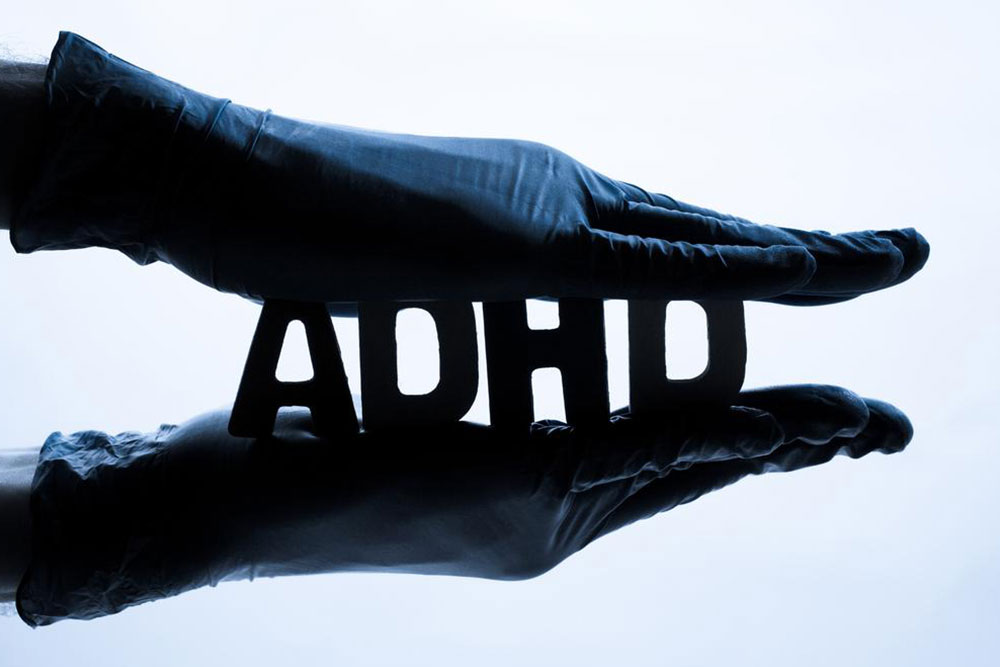Understanding ADHD: Symptoms, Diagnosis, and Treatment
This article explores ADHD in adults, covering its symptoms, diagnosis, and effective treatment options. Learn how to recognize signs early, seek professional help, and manage the condition through therapy, lifestyle changes, and support systems. Staying informed and proactive can significantly enhance quality of life for those affected by ADHD.

Understanding ADHD: Symptoms, Diagnosis, and Treatment
Overview of ADHD
Attention Deficit Hyperactivity Disorder (ADHD) is a condition frequently discussed from childhood, but it can persist into adulthood. It affects approximately 3-4% of people, impairing their ability to stay focused, attentive, and organized. While attention issues are common, ADHD involves more persistent symptoms that interfere with daily life. Adults with ADHD may struggle with following instructions, concentrating, memory, and organizing. These challenges can lead to emotional distress, mood swings, relationship issues, and boredom. Recognizing and managing ADHD is crucial for improving quality of life.
Diagnosis typically involves a thorough evaluation of childhood behavior patterns and current symptoms, often by a mental health professional. Many adults are unaware they have ADHD, as symptoms may have been overlooked previously. Treatment usually involves a combination of therapy, medication, and family support. Behavioral interventions, stress management, and lifestyle adjustments can significantly improve symptoms. Staying active, organizing routines, and engaging in hobbies such as sports or exercise help keep the mind occupied. Open communication with healthcare providers and support networks is vital for effective management. Never allow yourself to remain idle and seek help when needed.










